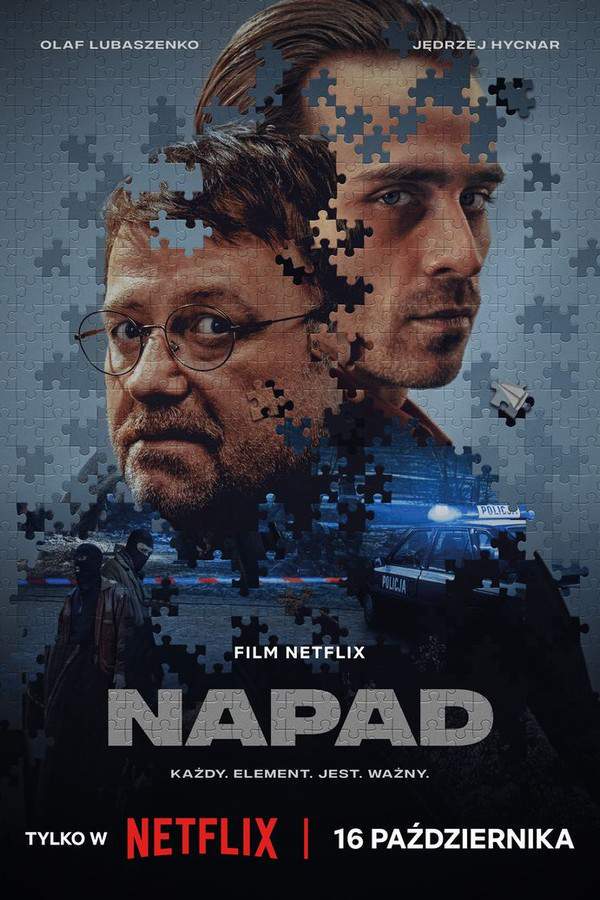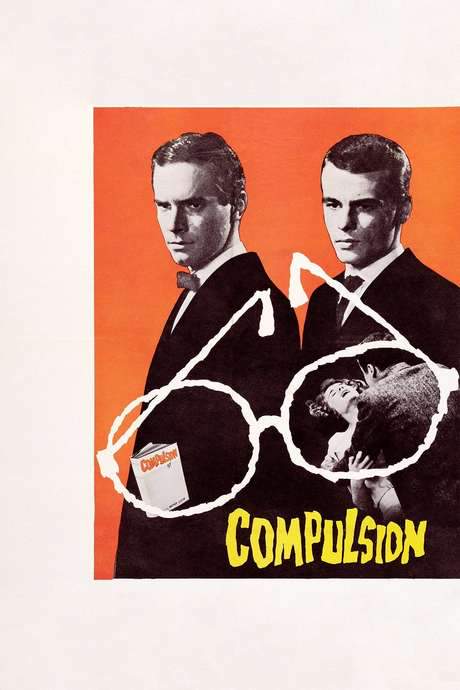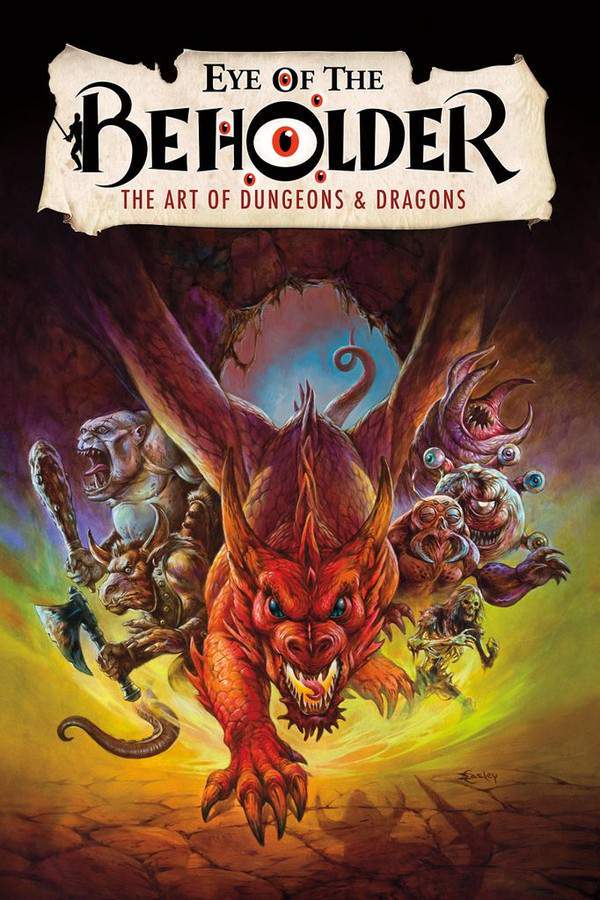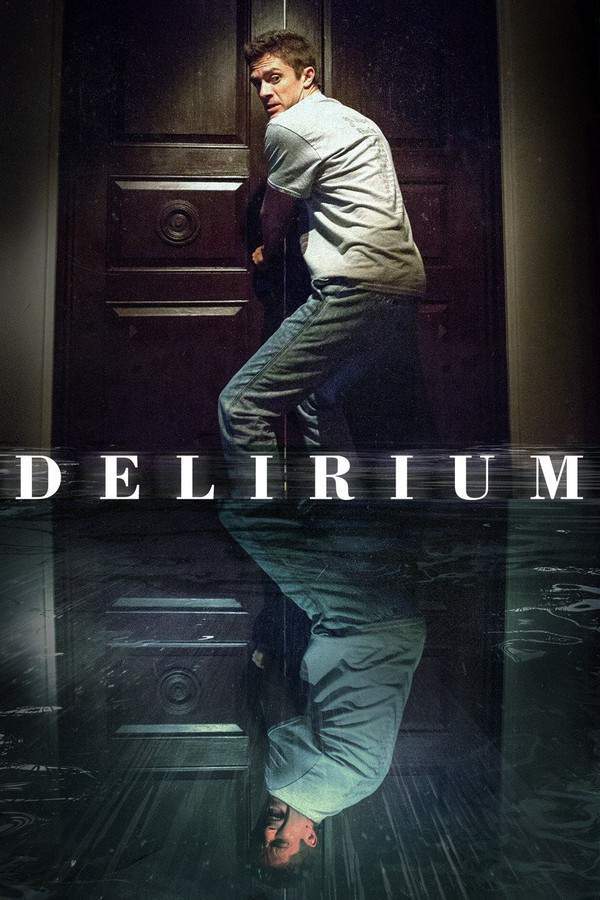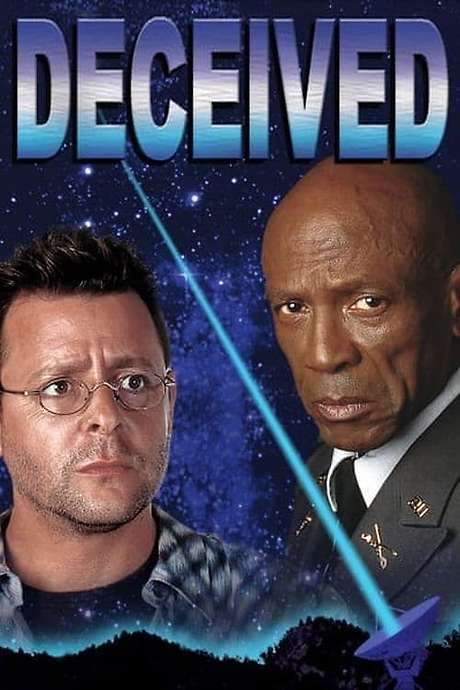
Revelations
A pastor believes he has received a divine sign instructing him to avenge a missing person, intertwining his quest with the investigation led by a detective grappling with the unresolved trauma of her deceased sister.
Warning: spoilers below!
Haven’t seen Revelations yet? This summary contains major spoilers. Bookmark the page, watch the movie, and come back for the full breakdown. If you're ready, scroll on and relive the story!
Revelations (2025) – Full Plot Summary & Ending Explained
Read the complete plot breakdown of Revelations (2025), including all key story events, major twists, and the ending explained in detail. Discover what really happened—and what it all means.
A small-town pastor who believes that punishing criminals is a divine revelation, and a detective in charge of a missing persons case who is haunted by visions of her deceased sister, drive a story about how deeply held beliefs collide and coexist. Min-chan, Ryu Jun-Yeol, is the head pastor of a warm, intimate church community, yet his world grows complicated when he learns his wife is having an affair with her personal trainer and a new mega church begins to rise nearby. He hopes to be selected to lead this larger church as a reward for bringing in new members, but the bishop’s favoritism for his own son complicates his dreams, revealing a system built on connections rather than merit. Into this fragile balance steps Yang-rae, a pedophile on parole who attends Min-chan’s church with a troubling fixation on a young girl, marked by an ankle monitor that flags his risk to the congregation. The tension between small-town faith and big-church ambition intensifies as Min-chan’s suspicions grow, especially after he uncovers Yang-rae’s criminal history, which includes kidnapping and physical abuse. The fear of what Yang-rae could do to a vulnerable member of the church gnaws at him, while the pressures of leadership push him toward a harsher path.
Detective Yeon-hee, Hyeon-bin Shin, is a homicide investigator who is herself wrestling with the trauma of a sister who was raped by Yang-rae and later committed suicide when the court did not deliver enough punishment. Her sense of justice is personal, and she is tasked with locating the missing young girl connected to the church, a search that runs parallel to Min-chan’s spiraling moral crisis. As Yeon-hee follows leads, she begins to piece together a thread that links the disappearance to Yang-rae’s past crimes, even as the church’s own secrets threaten to derail her investigation. The case situates itself at the crossroads of faith, duty, and a community that wants to believe in purer outcomes than the ones the evidence points toward.
Kwon Yang-rae, Min-jae Shin, is the man at the center of both suspicion and danger. His presence in the church, his troubling history, and the precarious line between rehabilitation and relapse create a pressure cooker scenario. Min-chan’s escalating paranoia leads him to stake out Yang-rae’s residence and later to the secluded forest where he suspects a kidnapping might be unfolding. When he discovers that Yang-rae is preparing digging tools, the idea that he might bury someone—or something—takes on a grim plausibility. The pursuit intensifies as Min-chan follows Yang-rae’s van to the forest, only to find the vehicle empty and his missing son nowhere in sight. A shocking moment occurs when Min-chan realizes Yang-rae has disposed of his ankle monitor, and a struggle ensues in which Min-chan accidentally pushes Yang-rae off a hill. Yang-rae tumbles down, colliding with a boulder, and ends up in a life-threatening state, while a stunned Min-chan is confronted with the possibility that he has harmed an innocent man.
Meanwhile, Min-chan’s wife calls with news that their son is safe—he had been invited to a friend’s house all along. The relief is short-lived, as a moment of divine drama interrupts Min-chan: a flicker of lightning revealing a fleeting image of Jesus Christ. This vision convinces him that God has chosen him to punish sinners like Yang-rae, and he resolves to act on this “calling,” even as moral boundaries blur. He abducts Yang-rae from the nursing home where Yang-rae has crawled back to life and received basic medical care, intending to torture him as a sacrificial offering to God. Yang-rae, however, holds information that could expose a deeper truth: he has kidnapped the young girl, but he refuses to reveal her location unless it serves as leverage. Min-chan rejects Yang-rae’s leverage, and Yeon-hee arrives, only to be knocked out by Min-chan during a tense confrontation. Yang-rae’s attempt to escape ends in tragedy when he falls to his death from a building, yet he still manages to drop a crucial clue about the kidnapped child to Yeon-hee before he dies.
The bishop, learning of his son’s indiscretion, decides to withhold a promotion from Min-chan, a reversal that deepens Min-chan’s conviction that his punishment of Yang-rae is a sign of divine favor. Min-chan’s faith becomes a weapon against both reality and the law, and he clings to the belief that he has acted in accordance with God’s will. Yeon-hee pursues the thread Yang-rae left behind and discovers the kidnapped girl’s whereabouts in Yang-rae’s old home, just before the building is slated for demolition. She rescues the girl and brings the truth back to Min-chan, who remains stubborn in his belief that his actions were righteous, even as the evidence mounts against him. The confrontation leaves him emotionally shaken in his cell, where he cleans a dark stain on the concrete wall and gazes at what he believes is a portrait of Jesus imprinted beneath the surface.
In the aftermath, Yeon-hee reveals that Yang-rae’s clue—found in the chaos of a collapsing plan—has led to the girl’s rescue. The case probes the complex interplay between faith, punishment, and the limits of human judgment. Min-chan’s arc exposes a troubling propensity for pareidolia and apophenia—the tendency to perceive meaningful patterns or divine signals in random events—leading him to interpret coincidences as direct messages from God. The film leaves viewers with a stark image of the consequences when belief becomes certainty without accountability. In the final moments, Yeon-hee’s victory in locating the girl sits beside Min-chan’s solitary realization in his cell: the line between sacred duty and personal delusion is thin, and truth often lies in the brave, morally complicated work of those who seek to protect the vulnerable, even when their own faith wobbles under the weight of what they have witnessed.
Last Updated: October 09, 2025 at 16:11
Ending Explained – What Happens at the End of Revelations?
Still wondering what the ending of Revelations (2025) really means? Here’s a spoiler-heavy breakdown of the final scene, major twists, and the deeper themes that shape the film’s conclusion.
Revelations’ ending reveals that the battle between good and evil is often more complex than it appears — these forces are intertwined, with darkness sometimes disguised as divine guidance. Throughout the film, Pastor Sung is depicted as a man blinded by faith, convinced that he is doing God’s work by punishing evil. However, his actions are driven by fear and guilt, especially after the incident where his body was haunted by visions and his attempts to hide his crimes, including killing Kwon’s body and despising the truth about his involvement. The graffiti on the walls and the biblical passage, Deuteronomy 24:7, symbolize how Sung’s distorted interpretation of Scripture fuels his delusions, pushing him to believe that A-yeong is dead because he wanted her dead in his heart, justified by his twisted faith.
When Inspector Lee informs him that A-yeong is alive, he is visibly shaken, and as he erases the faint image of Christ from the wall, the face becomes sinister, revealing that evil was lurking behind religion all along. The film suggests that faith, when corrupted by personal vendettas and fear, can turn people into monsters. Pastor Sung’s transformation from a meek preacher to a violent, delusional killer is also influenced by his personal pain — his wife’s affair, his feelings of helplessness, and unmet desires for respect and validation. The trauma in Kwon’s childhood, symbolized by the one-eyed window in his home, explains his violent behavior, as that window represented the source of his pain and trauma, which eventually turned him into a monster.
Kwon’s tragic end comes when he falls to his death after an intense confrontation, marking the culmination of his haunted past and the cycle of violence. Meanwhile, Inspector Lee, haunted by her sister’s murder and driven by a desire for redemption, finds her opportunity when she finally locates Kwon in the dilapidated building. Despite her initial restraint, she refuses to succumb to evil and chooses to save A-yeong, understanding her duty to protect innocent lives. Her intervention not only grants her peace with her past but also signifies that true goodness can prevail when compassion and reason silence the darkness within. Ultimately, the film teaches that evil is not always what it seems, and that faith must be rooted in compassion rather than fear and hatred. The scars of trauma, whether physical or emotional, shape us, but it is how we confront them that determines who we become. In the end, Revelations underscores the importance of discernment, compassion, and the strength to choose humanity over hatred, even in the face of profound darkness.
Last Updated: June 25, 2025 at 09:03
Explore Movie Threads
Discover curated groups of movies connected by mood, themes, and story style. Browse collections built around emotion, atmosphere, and narrative focus to easily find films that match what you feel like watching right now.
Morally Complex Crime Thrillers like Revelations
Crime stories where the line between justice and obsession becomes dangerously blurred.Explore movies like Revelations, where crime investigations are tangled with deep moral ambiguity. If you enjoyed the tense collision of a detective's duty and a vigilante's delusion in Revelations, you'll find similar compelling, character-driven thrillers here.
Narrative Summary
Narratives typically follow a dual path: a official investigation and a parallel, unsanctioned quest for justice. These paths converge, forcing characters to confront their own ethical boundaries. The plots are driven by character flaws and personal demons as much as by external crime, resulting in a climax that is as much a psychological reckoning as a physical resolution.
Why These Movies?
Movies are grouped here because they share a central theme of moral corrosion within a crime framework. They feature high-stakes tension, complex protagonists whose motivations are deeply personal and often questionable, and an overarching atmosphere of ethical unease.
Movies about Psychological Descent like Revelations
Character studies of individuals unraveling as they cling to a dangerous conviction.Discover films similar to Revelations that explore a character's psychological collapse. If the pastor's tragic journey from faith to fanatical delusion captivated you, this collection features other powerful stories of obsession and unraveling sanity.
Narrative Summary
The narrative pattern is an internal one, following a single character's point of view as it becomes increasingly distorted. The world narrows to their obsession, with supporting characters serving as voices of reason that are ignored. The pacing often starts steady and accelerates as the delusion takes hold, leading to an inevitable, often tragic, conclusion.
Why These Movies?
These movies are united by their intense focus on a protagonist's fragile mental state. They share a dark tone, a sense of creeping dread, and a commitment to showing how a powerful idea can consume a person from the inside out, making the viewer a witness to a personal catastrophe.
Unlock the Full Story of Revelations
Don't stop at just watching — explore Revelations in full detail. From the complete plot summary and scene-by-scene timeline to character breakdowns, thematic analysis, and a deep dive into the ending — every page helps you truly understand what Revelations is all about. Plus, discover what's next after the movie.
Revelations Timeline
Track the full timeline of Revelations with every major event arranged chronologically. Perfect for decoding non-linear storytelling, flashbacks, or parallel narratives with a clear scene-by-scene breakdown.

Characters, Settings & Themes in Revelations
Discover the characters, locations, and core themes that shape Revelations. Get insights into symbolic elements, setting significance, and deeper narrative meaning — ideal for thematic analysis and movie breakdowns.

Revelations Ending Explained
What really happened at the end of Revelations? This detailed ending explained page breaks down final scenes, hidden clues, and alternate interpretations with expert analysis and viewer theories.

Revelations Spoiler-Free Summary
Get a quick, spoiler-free overview of Revelations that covers the main plot points and key details without revealing any major twists or spoilers. Perfect for those who want to know what to expect before diving in.

More About Revelations
Visit What's After the Movie to explore more about Revelations: box office results, cast and crew info, production details, post-credit scenes, and external links — all in one place for movie fans and researchers.








